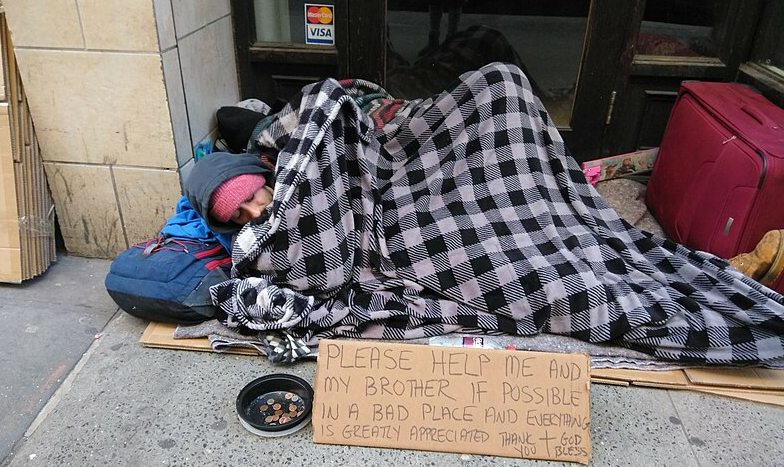State governments seek cash from selling prisons to private corporations because they can no longer afford to run them. The environment of vengeance and “get tough†posturing on crime that pervaded the U.S. political environment in the 1980s removed judicial discretion with three-strike laws and mandatory minimum sentences, and converted misdemeanors into felonies.
[Witness To Justice]
Corrections Corporation of America (CCA) has just made $250 million available to buy state prisons, and launched a marketing effort in 48 states to encourage governors to contract for their management. CCA is asking for 20 year contracts with assured occupancy rates of 90%.
State governments seek cash from selling prisons to private corporations because they can no longer afford to run them. The environment of vengeance and “get tough” posturing on crime that pervaded the U.S. political environment in the 1980s removed judicial discretion with three-strike laws and mandatory minimum sentences, and converted misdemeanors into felonies.
The result has been mass incarceration. The U.S. imprisons 2.3 million adults and holds millions more on probation or parole. Our judicial system controls 1 in every 32 adults in our country. Our incarceration rates exceed those of every other nation.
Money runs the show. Once people are charged with crimes, the economic burden is such that 90% take plea bargains and never go before a jury. It gives me pause that the people we put in prison are our poorest, and that most of them leave behind children who are only further buried in poverty and dysfunction.
Even more disturbing is the solitary confinement, which has become an integral practice in U.S. prisons. Today, 44 states and the U.S. government operate prisons entirely dedicated to isolation.
An estimated 80,000 inmates are housed in single rooms, some without windows, for 23 hours a day and an hour alone in an outdoor cage, with only limited interactions with guards. Intended for the worst of the worst, solitary confinement is now ordered for minor infractions, and is routine for the mentally ill, who are vastly overrepresented in prisons and whose conditions are only made worse by it.
Solitary confinement can last weeks, years, or decades, despite its permanent and devastating damage and its international recognition as torture. The ACLU and the UN Special Rapporteur on Torture have appeared before the UN Human Rights Council to call for a review of rampant solitary confinement in U.S. prisons.
Isolation offers no pretense of rehabilitation, and results in increased violence and despair. And now prisoners who were sentenced to long terms in the 1980s are coming out.
Ironically, in the face of economic hardships, prison administrators are reviewing the cost effectiveness of solitary confinement and harsh sentencing. They are finding that socialization, education, alternative sentences and rehabilitative programs are far more effective and tremendously cheaper. They are also safer for communities of return.
Our prisons are broken. We need to fix them. It is time for their effectiveness to be examined in the light of day. We need to see the actual costs of harsh punishment and mass incarceration. We need to understand that rehabilitation is not only humane, but effective and cost-efficient. We are called to a system of justice that offers a possibility of redemption, and that treats inmates with decency and respect.
Our prisons are broken. Do we sell them to the highest bidder for fast cash, and guarantee 90% occupancy? Or do we stand up for restitution, rehabilitation, and the restoration of the public good?
“Speaking Truth To Empower.”











